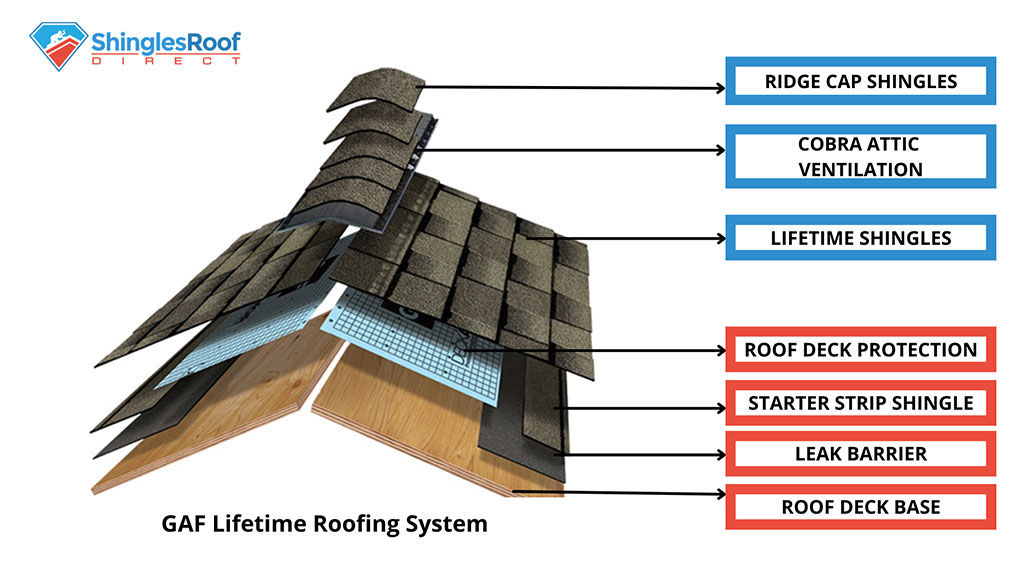Why bother knowing basic roofing terms, when you can hire the best roofing company in Charlotte NC?
That’s probably the first question you have in mind when you read the title.
The answer is very simple. It’s always a good idea to hire the best roofers out there, but understanding the basic terms or principles in roofing makes your roofing project much easier.
Allow me to explain.
If you know a thing or two about roofing, then chances are you can easily relay what needs to be done (replacement, repair, etc.) to your roofer.
This is also a simple test if the roofer you hired is legit or just pretending to be a Roofing Expert.
If you happen to call a bogus roofing company, then they will surely think twice about taking advantage of you if they sense that you understand a thing or two about Roofing.
Here are the basic Roofing Terms based on GAF Roofing Systems you need to know as a homeowner:

Ridge Cap Shingles
Roof ridge cap shingles are made to fit the ridges of the roof. When folded over the ridge, they are normally pre-bent and thicker than regular roof shingles, which crack. The ridge cap shingles’ shape also improves their ability to shed water and debris.
When compared to normal shingles, ridge cap shingles offer better adhesion and a thicker nailing area. Blowing-offs and tears at the nailing hole are avoided due to these characteristics.
Cobra Attic Ventilation
A high-roof hot air exhaust vent (like Cobra® Attic Ventilation) allows hot air and moisture to escape from your attic. That hot air and moisture are part of the reasons why your energy bills can get high, interior paint and wallpaper are prematurely peeled, and even cause some health issues.
Lifetime Shingles
Roof Shingles are roof covering for pitched roofs that is laid in an overlapping style in which each consecutive strip overlaps the next. Tile strips is a term used to describe shingles roof tiles.
Roofing shingles are usually flat and rectangular in shape. Shingles are also manufactured in a variety of materials. While asphalt is the most prevalent type of shingled roof, other popular options include wood, plastic, slate, and metal.
Dimensional shingles having a minimum warranty of 50 years are referred to as lifetime dimensional shingles. Despite their longevity, dimensional shingles come with a warranty that covers the whole lifespan of the house.
Roof Deck Protection
Starter Strip Shingle
Leak Barrier
A leak barrier is a fiberglass-reinforced device that is installed on the roof of a building in various locations. Leak barriers are installed not only along the eaves, but also in the valley, at rakes, and around chimneys. These are the locations on a roof where leaks are most likely to occur. On a roof made of shingle or metal, this form of moisture protection device can be employed.
Roof Deck Base
The roofing system’s structural foundation is the Roof Deck. It must be constructed in such a way that all types of load are adequately supported. In addition to dead and live loads, it must be capable of withstanding racking, flexural and torsional loads to keep any distortion from causing a roof failure

